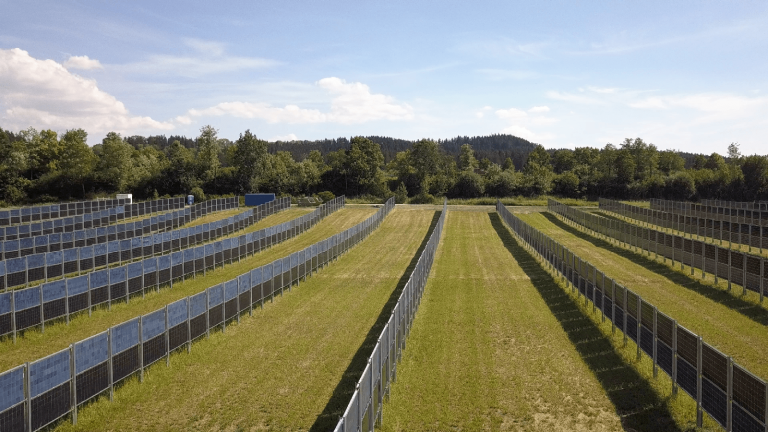Producing solar energy on a farm often means covering fields with panels.
But now some companies make solar panels that stand vertically so they take up less space and can more easily blend into pastures or farmland.
Biernath: “You can still work on the land, and it's not just a solar farm and that's it.”
Helge Biernath is the CEO of Sunstall, which makes a vertical solar system called Sunzaun.
At a California winery, the Sunzaun solar system winds among rows of grapevines.
Rutgers University is testing the use of Sunzaun panels on cattle ranches.
The panels can double as fences, shade structures or windbreaks, Biernath said.
As well as being used on farms, they can also be installed along canals, railways or highways.
Biernath: “I think there's huge potential, especially when both sides of the highway become available for development.”
Vertical systems pair well with other types of solar, Biernath said.
Because the sun hits them more directly at sunrise and sunset, vertical systems produce the most energy in the morning and evening, when rooftop or ground-mounted solar panels are less efficient.
As a result, they can help get more clean energy on the grid while using less space.
Report source: Ethan Freedman / ChavoBart Digital Media
We help millions of people understand climate change and what to do about it. Help us reach more people like you.
